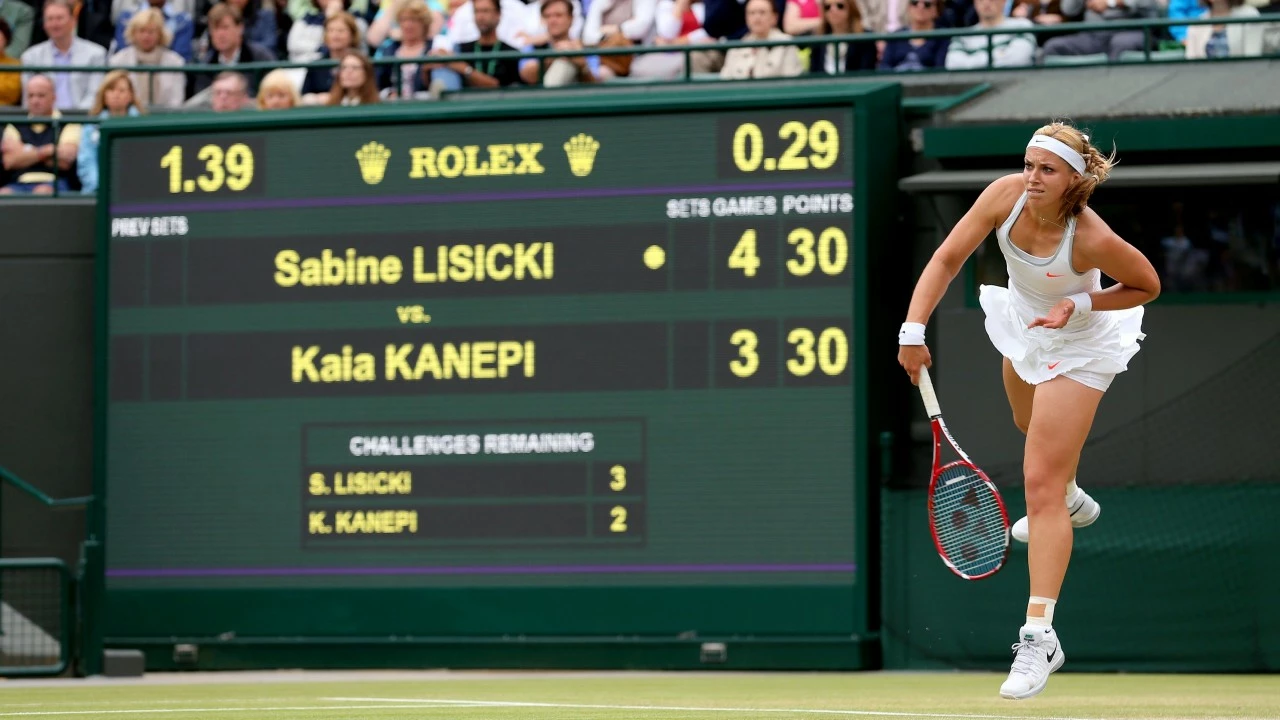In tennis, what happens when the score is tied at 40-40 (deuce)?
 Jul, 26 2023
Jul, 26 2023
Understanding the Basic Scoring System in Tennis
In order to fully comprehend what happens when a tennis match reaches 40-40, we first need to delve into the basics of scoring in tennis. Unlike most sports, tennis has a unique method of scoring, where the first point won is 15, the second is 30, and the third is 40. When both players reach 40, the score is tied and this is referred to as 'deuce'. This peculiar scoring system originated from the clock face analogy of the medieval times, but has now become a key element of the sport.
Reaching the Deuce: A Turning Point in the Game
Reaching a deuce can be a critical turning point in a tennis match. It implies that both players are equally matched and the competition is fierce. The tension and excitement often build up as each player tries to edge out the other. The deuce can either be a short-lived phase or can turn into a lengthy battle, depending on how well the players perform. It is the moment when mental toughness and stamina can make a significant difference in the game.
The Rules of Deuce: Advantage and Winning the Game
When the score is tied at 40-40, the game isn't over yet. The player who scores the next point after deuce gains an 'advantage'. However, this doesn't mean they've won the game. Instead, they must win the following point to secure the game. If the player with the advantage loses the next point, the score returns to deuce. This cycle continues until a player wins two consecutive points after deuce, thereby winning the game.
Importance of Serving during Deuce
One crucial aspect during a deuce is the serve. The player who serves during deuce has a slight advantage as they can control the initial direction and speed of the ball. A strong and well-placed serve can lead to an easy point, pushing the server into the advantageous position. Therefore, mastering the art of serving is essential for any player who frequently finds themselves in deuce situations.
Psychological Implications of a Deuce
Deuce is not just a test of physical skills, but also a mental battle. It can be a stressful situation for players as they are required to maintain their focus and composure despite the high stakes. The pressure can either motivate a player to perform better or lead to mistakes. Therefore, in addition to developing physical skills, tennis players must also work on their mental toughness to successfully navigate through a deuce.
Strategies to Triumph in a Deuce
There are certain strategies that players can employ to gain an upper hand in a deuce. These include maintaining a steady pace, exploiting the opponent's weak points, and varying their shots to keep the opponent guessing. Experience and practice are key in developing and executing these strategies effectively. A well-planned strategy can often be the difference between winning and losing a game during deuce.
Famous Deuce Battles in Tennis History
History is filled with epic deuce battles that have turned ordinary matches into unforgettable ones. Some of the most memorable deuce battles include the 2010 Wimbledon match between John Isner and Nicolas Mahut, which had a record 138-game fifth set, and the 1980 Wimbledon final between Bjorn Borg and John McEnroe, famously known as the 'Battle of 18-16'. These matches not only highlight the importance of deuce in tennis but also showcase the incredible resilience and determination of players.
Deuce: An Integral Part of the Game
In conclusion, deuce is an integral part of tennis that adds an extra layer of excitement and challenge to the game. It tests the physical skills, mental toughness, and strategic planning of the players. While it can be nerve-wracking for the players, it provides an thrilling spectacle for the viewers. Understanding the rules and dynamics of deuce can greatly enhance one's appreciation of this wonderful sport.